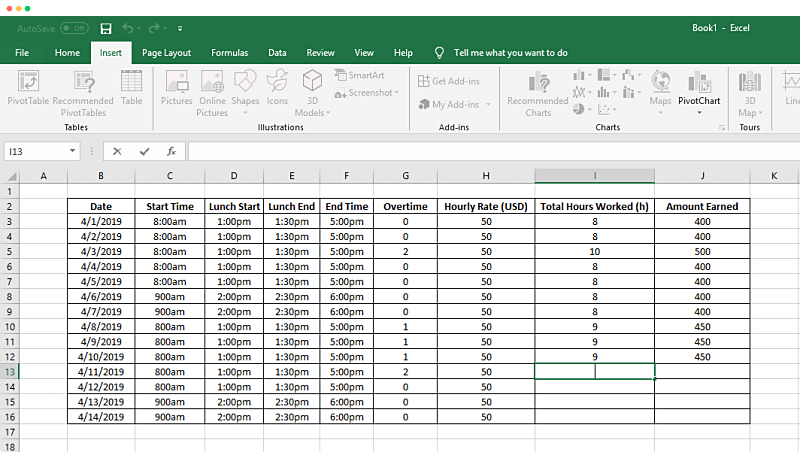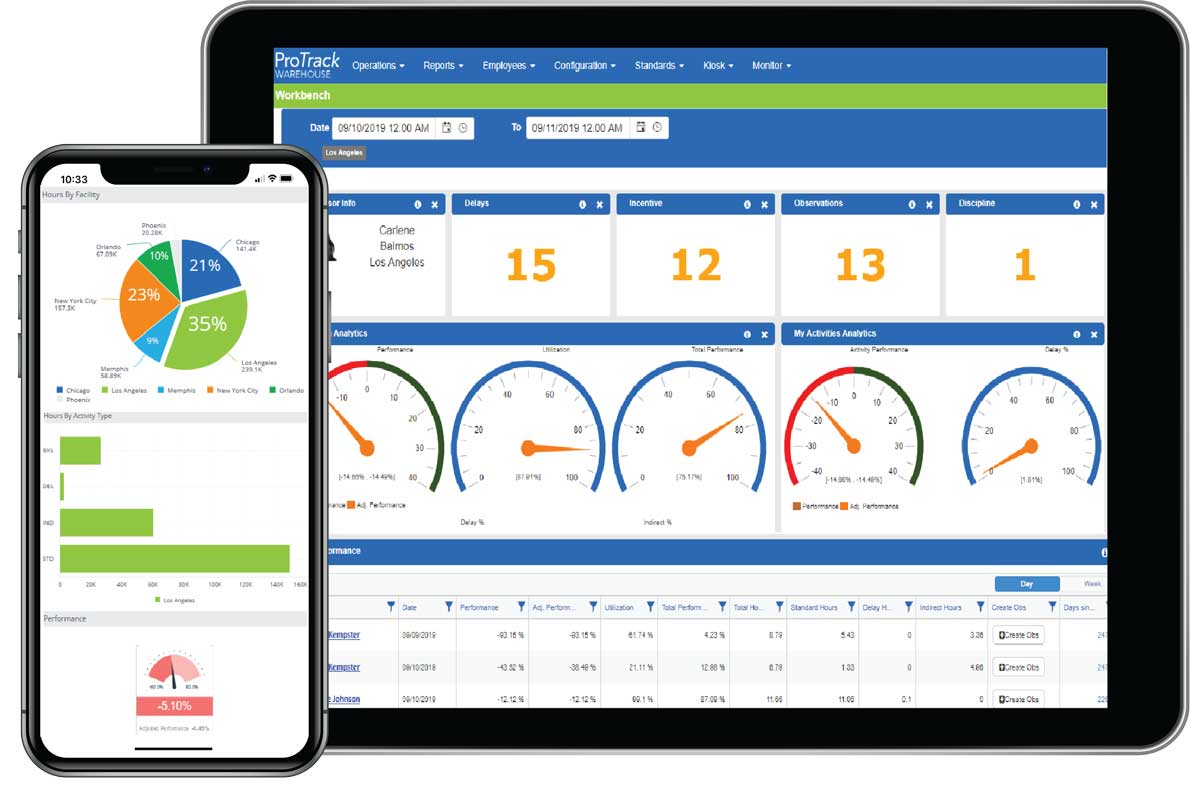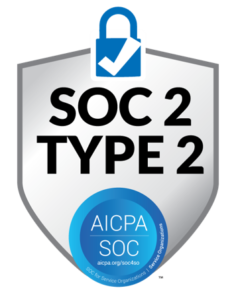
Is your labor management strategy stuck in the last decade?

What is wrong with labor tracking?
Performance tracking is often achieved through the process of collecting WMS data by individual and transferring this data into a spreadsheet. Once in a spreadsheet this data can be manipulated to compare performance data across individuals and departments.
Overview Reporting
WMS work assignments include an assignment start and end time, leaving unreported gaps of time. This can make performance look significantly better than it really is. Entering WMS data into spreadsheets takes clerical time and can be plagued with entry errors. Spreadsheet reporting also focuses on “what happened” instead of what is currently happening, making it hard for supervisors to properly manage their teams in a timely and accurate manner.
Historical Standards
One-determinant or historical standards such as cases per hour or lines per hour can be used to set a minimum performance expectation. This is not the most accurate expectation of time to complete an assignment as it doesn’t account for ever-changing product mix such as units to line ratios or specific travel distances. Ultimately, this can make it impossible to establish a fair and accurate minimum performance expectation. The use of a one-determinant expectation typically results in a very low performance expectation, on average 20% to 30% below what the engineered expectancy should be.
Analytics of the future
Labor Management Software, unlike labor tracking, provides real-time reporting, the opportunity to build accurate multi-determinant standards, and the management tools your floor managers need to operate a high performance operation.
Advanced labor management analytics can streamline your operations. Tier 1 Labor Management Software includes management tools and features, such as:
Multi-Determinant Standards Calculation
Using WMS data such as lines, units, weight, cube and specific travel distances, allows a labor management system to use multi-determinant calculations resulting in an accurate performance standard.
Labor Planning
Accurately determine labor requirements by work area and intelligently assign the most qualified resources resulting in a least cost labor strategy.
Real-time Reporting
Make educated decisions based on current information at your fingertips.
Learning Curves
The use of defined learning curves by activity is a way to assure that your standards are fair to new associates while they are gaining experience typically resulting in higher levels of retention.
Incentive Pay
With the use of accurate standards, incentive programs can increase retention and engage employees.
Observation and Coaching
Set up alerts for managers so that they can easily identify individuals in need of assistance in achieving the minimum performance expectations. Once identified, automatically create a coaching session designed to help them get back on track. This increased engagement will result in higher levels of performance and increased employee retention.
BI Analytics
Leverage real-time and long-term historical data to create dynamic, visual reports for business insights.

